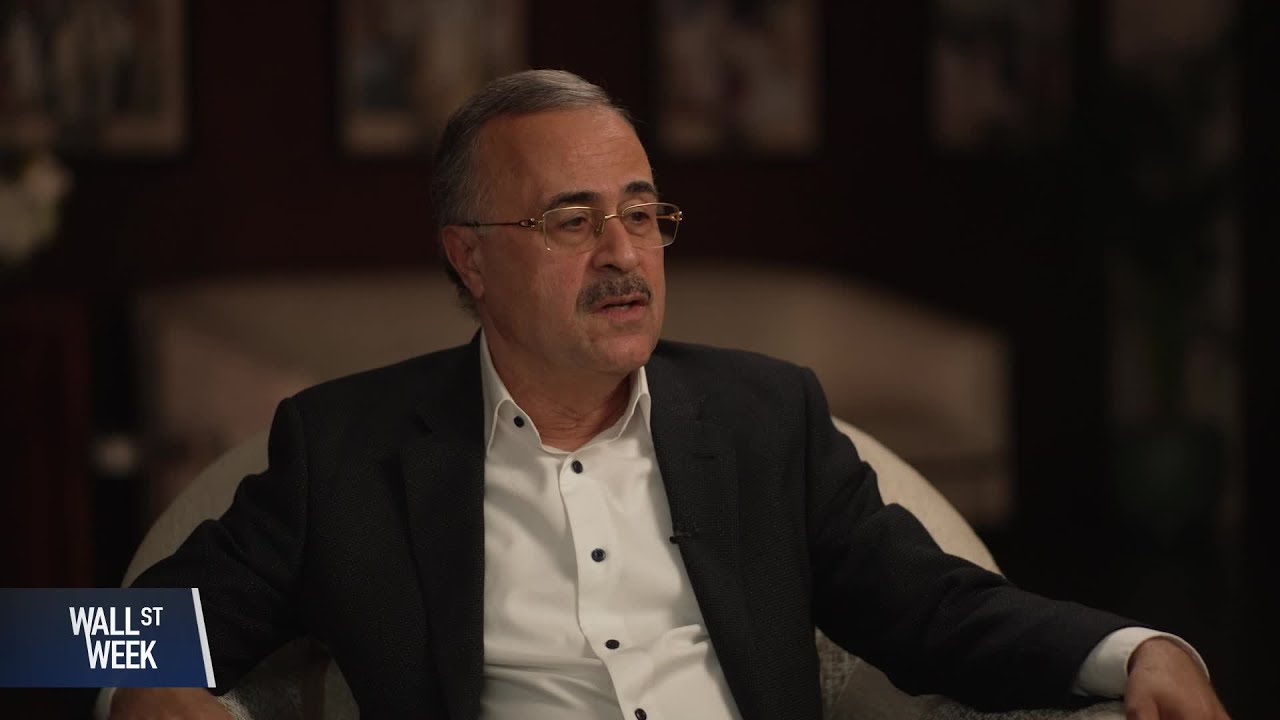Aramco CEO Amin Nasser outlines the company’s strategic focus on leveraging technology, AI, and sustainability initiatives to drive growth in gas, chemicals, and renewables while achieving net-zero emissions by 2050. He emphasizes a balanced, pragmatic energy transition that supports global energy needs, economic diversification under Saudi Vision 2030, and long-term value creation through innovation and operational excellence.
In the extended interview, Aramco CEO Amin Nasser highlights the company’s significant growth, particularly in gas production and downstream liquid-to-chemical sectors, with ambitions to reach 4 million barrels in liquid-to-chemical capacity. He emphasizes the role of technology, digitalization, and artificial intelligence (AI) in maintaining low extraction and development costs while reducing the company’s carbon footprint. Aramco is committed to achieving net-zero emissions for scope one and two by 2050, leveraging large-scale carbon capture and storage projects and renewable energy investments, reflecting a long-term strategic vision focused on decades rather than short-term gains.
Nasser explains that the 2019 IPO allowed Aramco to increase transparency by sharing verified performance data with the public, although the company’s strategic direction remained focused on long-term investments in gas, chemicals, digitalization, renewables, and emerging sectors like minerals. Despite current share price volatility and market cyclicality, he stresses that Aramco is accustomed to such fluctuations and continues to invest aggressively during downturns to capture future opportunities, underscoring a resilient and forward-looking approach.
Artificial intelligence is described as transformative across all divisions of Aramco, enhancing productivity, reducing costs, and lowering emissions. The company benefits from its extensive historical data and a growing pool of AI-trained professionals who develop practical use cases. Nasser envisions Aramco evolving into a technology-driven energy company, integrating AI deeply into operations to maximize efficiency and sustainability, while also contributing to broader societal benefits in Saudi Arabia through innovation and environmental responsibility.
Regarding global energy transition, Nasser advocates for a pragmatic and inclusive approach that considers the diverse needs of the Global South, where energy demand is expected to grow significantly. He critiques overly aggressive carbon mandates and incentives that may not be sustainable or affordable worldwide, emphasizing the continued importance of hydrocarbons like oil and coal in the energy mix for decades to come. Aramco supports a balanced energy portfolio including renewables, hydrogen, and carbon capture technologies, aiming to reduce emissions while ensuring energy security and affordability.
Finally, Nasser situates Aramco as a key enabler of Saudi Vision 2030, supporting economic diversification while maintaining strong oil and gas production. He outlines a future where Aramco grows and diversifies through investments in technology, chemicals, minerals, and renewables, driven by its most valuable asset—human capital. Success over the next decade will be measured by maximizing shareholder value, advancing sustainability, embracing disruptive technologies like quantum computing and AI, and maintaining global leadership in cost efficiency and carbon footprint reduction.
